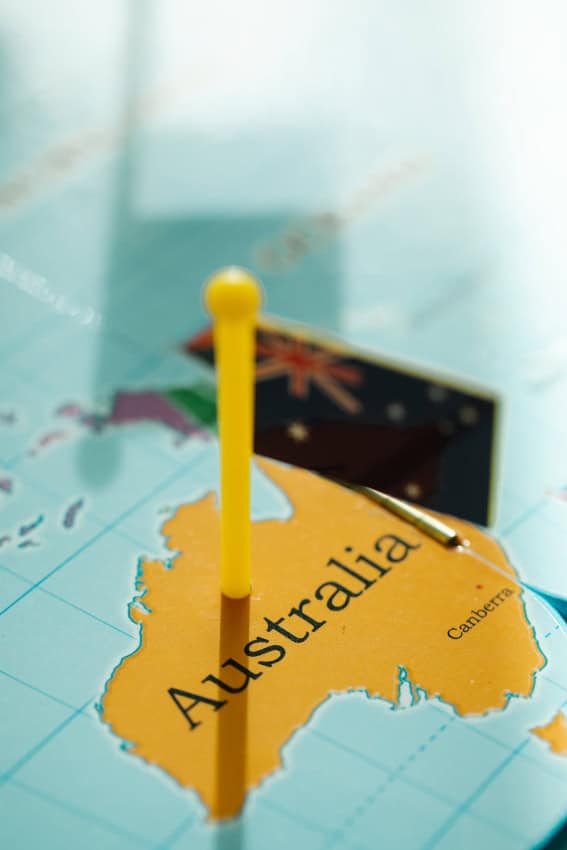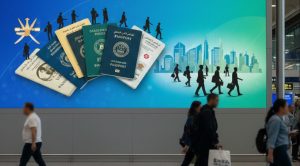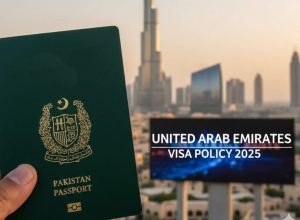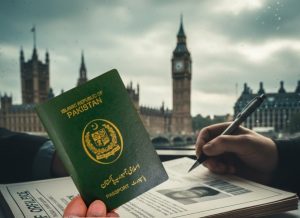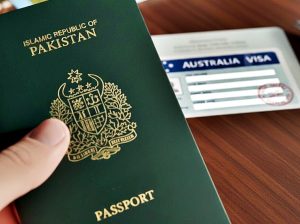SYDNEY – Globetrotters explore different countries in search of quenching their thirst for history, art, and culture and find their dream destinations for which a visitor visa serves as the best solution.
In their search to discover the undiscovered, the flyers also explore Australia which presents itself as an English-speaking country with a visitor visa suited to different classes of individuals.
In this detailed guide, we are going to take you through different aspects of this visa and what are the steps needed to acquire the visa.
Australia Visitor Visa (Subclass 600)
This visa type is for tourists, business visitors or for those who intend to visit family for 3, 6 or 12 months. The biggest advantage of this visa type is the fact that the Australian authorities can grant you visa for 12 months which is a considerably long period of time.
Conditions for Australia Visitor Visa (Subclass 600)
The first and foremost condition for this visa type is that the applicant can not work in Australia. In case one wants to do work, permission needs to be sought after which one can do unpaid work relating and credited to their study if they are studying in a university outside Australia. You can also see how people work in an industry, as long as you are not doing the work yourself but permission needs to be taken even for this purpose.
There is a slight relaxation in case you are not being paid and without the permission of authorities, you can do volunteer work or do incidental work online for your job in your home country or do short-term domestic or caregiving work for a family member.
The financial stability is also a must for securing this visa and the authorities say that you must have, or have access to, enough money to support yourself while you are in Australia.
As far as studying is concerned, it must be kept in mind that you must not engage, for more than 3 months, in any studies or training but this restriction does not apply to subclass 590 (Student Guardian) visas, subclass 602 (Medical Treatment) visas, subclass 675 (Medical Treatment (Short Stay)) visas and subclass 685 (Medical Treatment (Long Stay)) visas.
Another condition for this visa type (Subclass 600) is that the applicant must have and maintain adequate health insurance for the whole of their stay in Australia.
As far as an extended stay in the country is concerned, it has been clarified by the immigration authorities in Australia that while you are in the country, you are unable to make a valid visa application for any new substantive visa other than a protection visa.
Documents for Subclass 600 visa
The following documents need to be provided as part of your application:
-
Pages of current passport showing photo, personal details and passport issue and expiry dates
-
A national identity card
-
Proof of change of name, if applicable, (the proof can include a marriage or divorce certificate
change of name documents from an Australian Registry of Births, Deaths and Marriages, or the relevant overseas authority documents that show other names you have been known by)
Some of the documents are needed to prove that you are a genuine visitor. These documents include evidence that you have enough money for your stay and to leave Australia, such as itemised personal bank statements for a 3-month period, pay slips, audited accounts, tax records, term deposits, and credit card statements.
You will also need a letter from your relative or friend in Australia, inviting you to visit. The letter could state their relationship to you, the purpose of your visit, and length of stay.
Moreover, if you plan on living with a family member, proof of their funds would be required in case that relative will be paying for your stay.
As part of the ‘genuine visitor’ condition, you can also be asked about proof that you have reasons to return home such as a letter from your employer stating you plan to return to your job or proof that you study at a school, college or university in your home country or proof that you have immediate family members in your home country or proof that you can return home or evidence that you own a house or other major assets in your home country.
It must be kept in mind that if you are under the age of 18, you should provide a copy of your birth certificate showing the names of both parents.
The most important aspect of the documents is that all non-English documents must be translated into English and for this purpose, translators in Australia must be accredited by the National Accreditation Authority for Translators and Interpreters.
In case the translators are based outside Australia, they do not have to be accredited; however, on each translation, they must include their full name, address and telephone number, qualifications and experience in the language they are translating and these details must be in English.
To the relief of visa applicants, it must be noted that you do not need to have any documents certified unless the immigration authorities ask the same.
The immigration authorities have also clarified that all documents whether in English or otherwise should be scanned or photographed but in color and they should be clear and legible. Most importantly, if a document is more than one page, save it all as one file.
The immigration authorities will also inform you whether you need to provide biometrics for verification or not.
How to apply for a Visa
The procedure for applying for the visa is very simple and straightforward for which the applicant should create an ImmiAccount and attach documents. The family applications should be submitted together.
Finally, the applicant should pay the application fee without which the immigration authorities would not process your application.
Processing Time
No definite timeline can be ascertained for the award of visas by the immigration authorities but based on the decision of recent applications, the authorities claim that 90% of the subclass 600 visas for tourist stream are processed in 22 Days.
Decision
Once you have applied for the visa, the authorities will let you know their decision on your visa application in writing.
The authorities will tell you the visa grant number, the date your visa starts and your visa conditions.
In case you are unfortunate to not receive a visa and are refused entry, the authorities will let you know in writing about the reasons for refusal and whether you have a right to a review of the decision.
Cost
This type of visa costs the applicant AUD 190.

